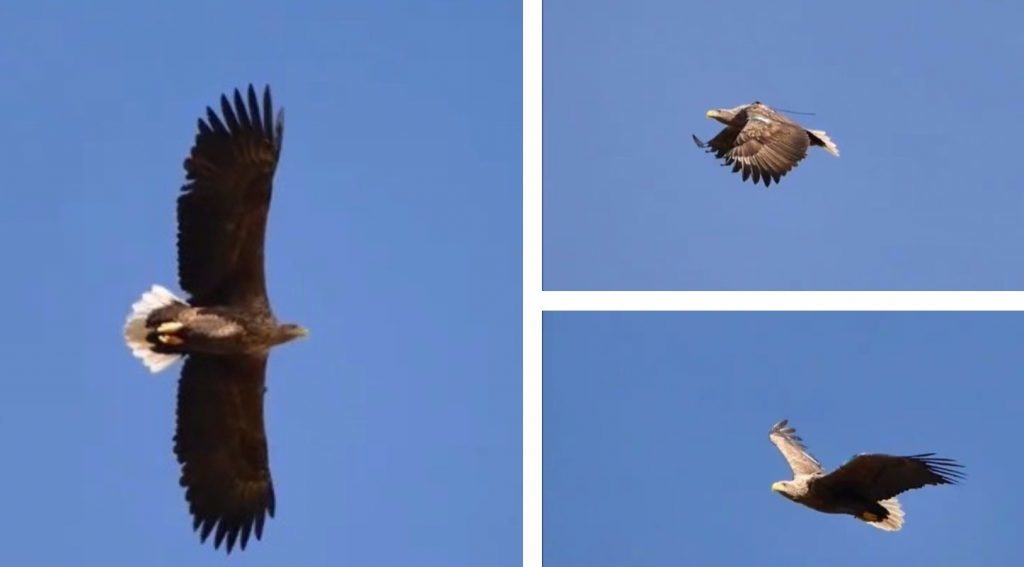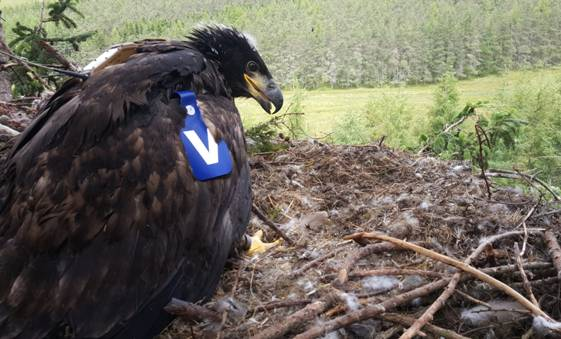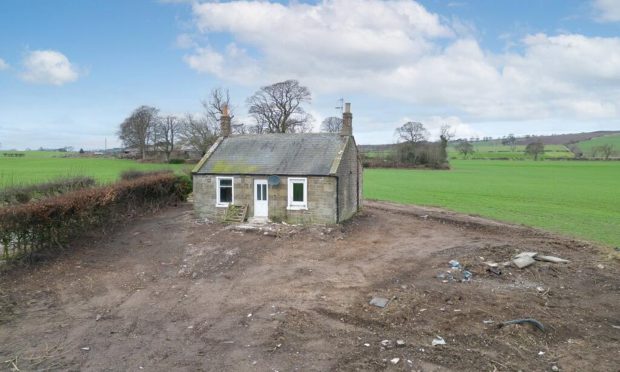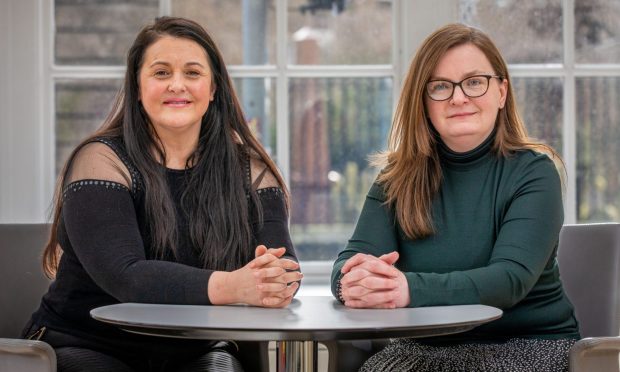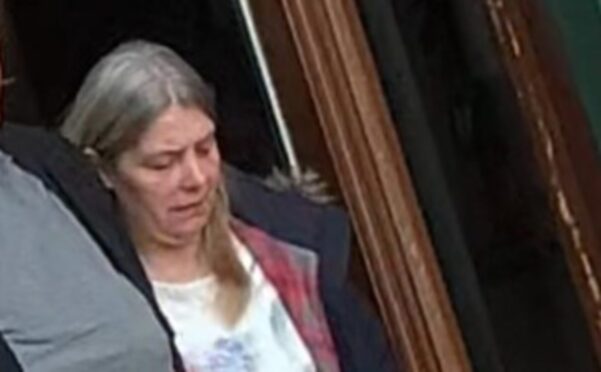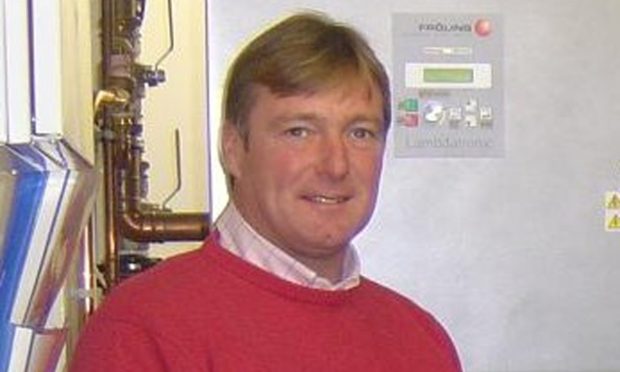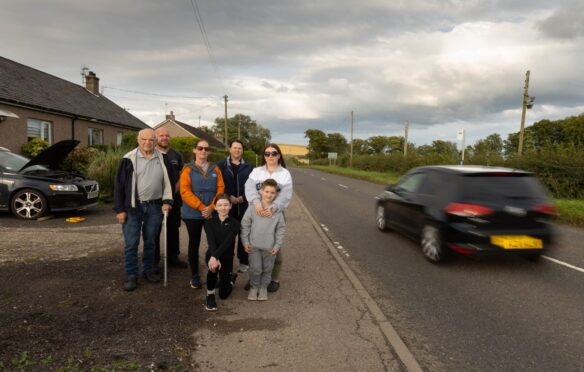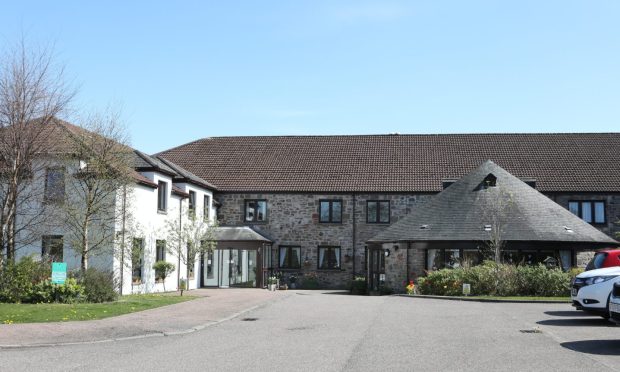A male sea eagle has proved his paternal prowess by successfully raising chicks from two different nests for the first time ever in Scotland.
In a summer show of strength, the eight year old raptor, known as Turquoise Z, has been travelling between Angus and Fife nests almost 30 miles apart to play the doting dad role with two different females.
The unusual behaviour, known as polygamy, is rarely recorded in sea eagles.
Experts have recorded it on Scotland’s west coast of Scotland on a handful of occasions involving nests which were just a few miles apart — but the demands of providing enough food for both always resulted in failure.
Remarkably on this occasion, despite the vast distance between the two Courier Country nests, there has been a successful outcome.
At the nest in Fife, Turquoise Z has raised a female chick tagged Blue X with his usual partner and he has also managed to raise another female chick tagged Blue V at the nest in Angus with a new female.
RSPB Scotland Sea Eagle Project officer Owen Selly said they were astonished to see the bird beat the odds with his double life.
“Without the wing tags, which allow us to identify individual birds, we would never have uncovered this extraordinary story,” he explained.
“It is also thanks to a dedicated team of local volunteers from RSPB Scotland and the Tayside Raptor Study Group, who have been our eyes and ears on the ground, helping monitor the movements of Turquoise Z and the activity at each of the nests.
“The success of a male sea eagle fledging chicks from two nests is a first for Scotland and we’re all very excited to see what they do next.”
Turquoise Z was released in 2009 as part of the east Scotland reintroduction, and has been breeding in a Forest Enterprise Scotland Woodland in Fife since 2013 with a female released in the same year, known as Turquoise 1.
Over the breeding season, he was seen leaving the Fife nest and arriving at the Angus nest some 28 miles away a full 90 minutes later — a long journey for the remarkable bird who still had to take shifts incubating and providing food for both females and himself.
Andrew Stevenson, Scottish Natural Heritage (SNH) ornithologist said: “Such polygamous pairing or indeed trios of birds attending a nest has occasionally been recorded as the reintroduced population has established, but what’s amazing here is the distance between the two nests and the fact that both have been successful. It’s really important for the birds breeding in the east of Scotland to be successful in their early years to help establish the population.”
Both sea eagle chicks have now taken their first flight from the nests and will soon be hunting for themselves.
They have been fitted with wing tags and satellite transmitters so that their movements can be followed over the coming months as they leave their parents’ territories and start to explore Scotland.
